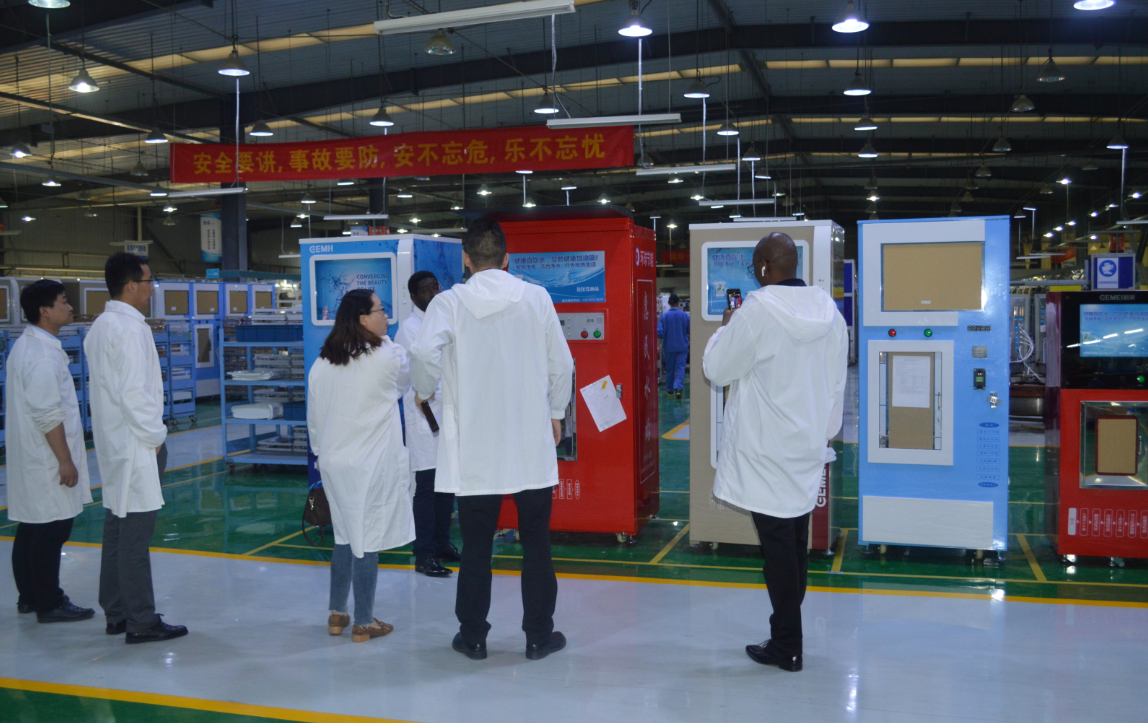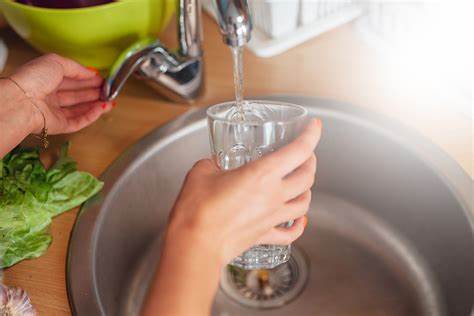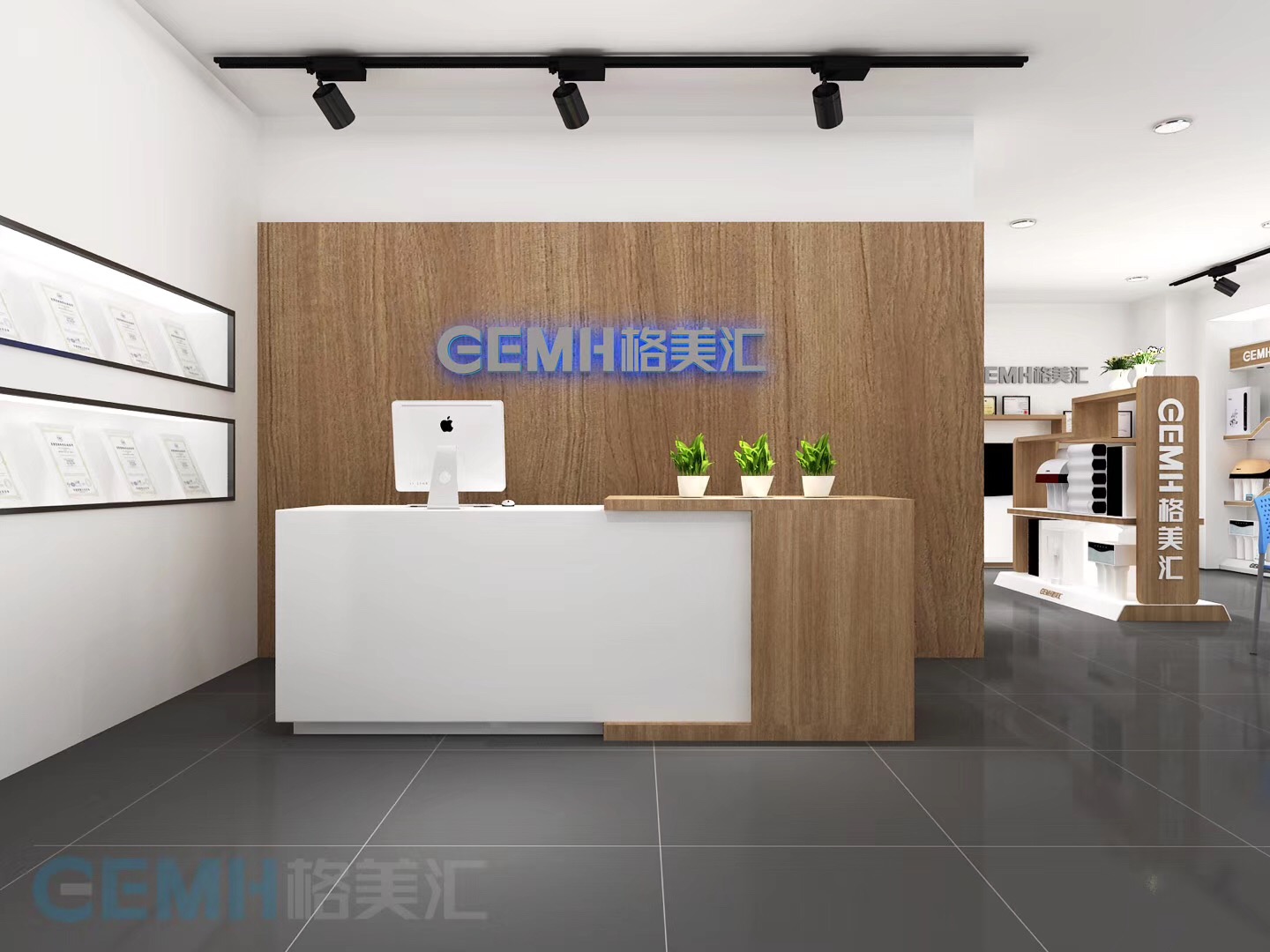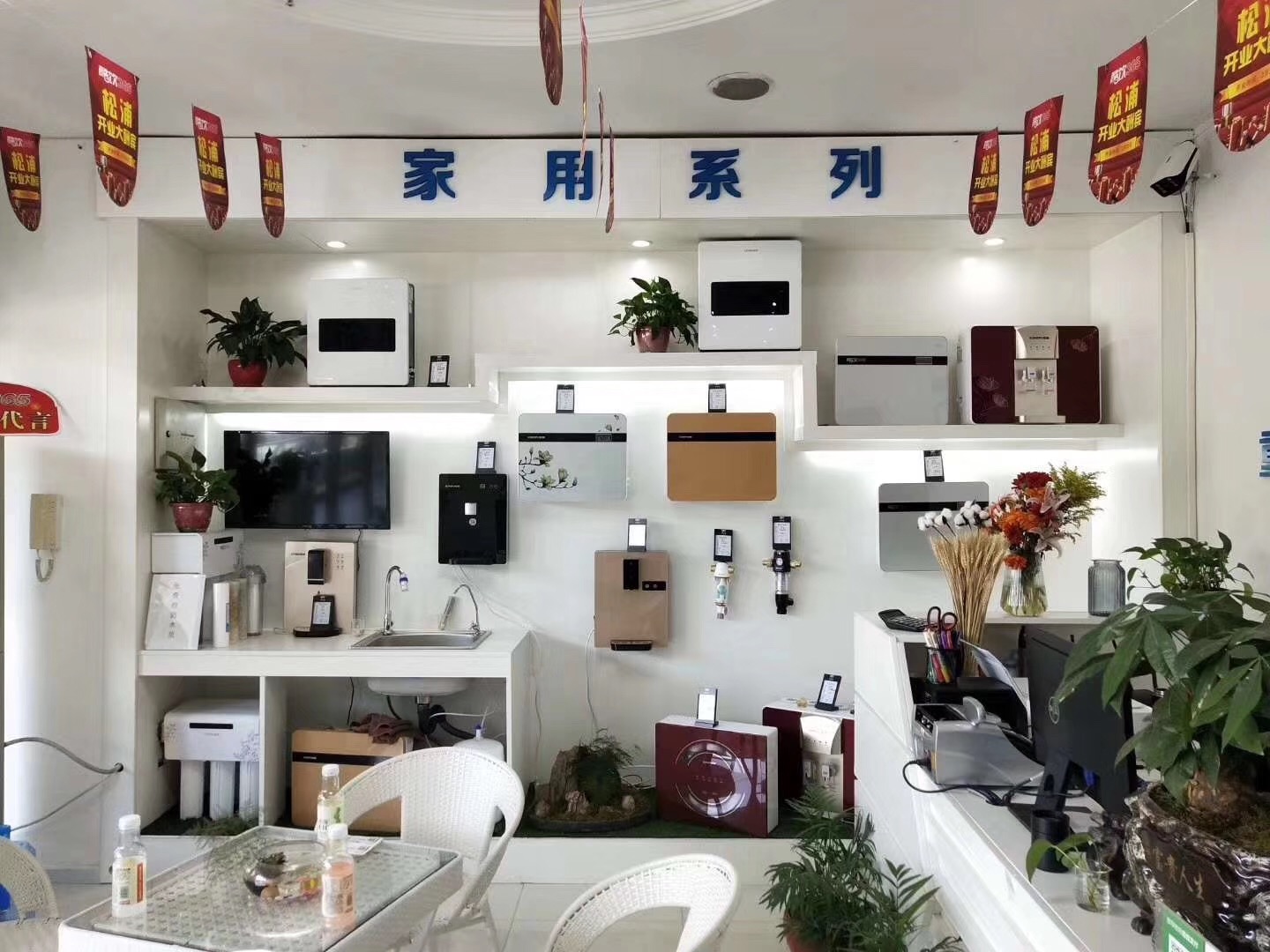I. Major Water Quality Risks
1. Microbial Contamination
Common Pathogens: Escherichia coli, Salmonella, Legionella, and excessive total coliform bacteria.
Case Example: A 2023 study in China found 30% of community vending machines had microbial 超标 due to outdated filters, with one machine detecting E. coli.
2. Chemical Contamination
Heavy Metals: Lead, arsenic, and cadmium from aging pipes or faulty materials (e.g., cracked RO membranes).
Organic Pollutants: Pesticides, antibiotics, and disinfection byproducts (e.g., trihalomethanes) from untreated sources.
3. Secondary Contamination
Biofilm Growth: Slime layers in storage tanks and pipes harbor bacteria.
Environmental Factors: Dust, insects, or vandalism (e.g., foreign objects inserted into dispensers).
II. Root Causes of Risks
1. Technical Deficiencies
Inadequate Filtration: Low-cost machines using single-stage filters (e.g., activated carbon only) fail to remove heavy metals.
Design Flaws: Lack of UV sterilization or stagnant water in storage tanks.
2. Maintenance Neglect
Delayed Filter Replacement: Filters (e.g., PP cotton) left unchanged beyond recommended intervals (3–6 months), reducing efficiency.
Poor Sanitization: Biofilm buildup in unwashed tanks (colony counts can increase 100-fold in one month).
3. Source Water Issues
Untreated Tap Water: High turbidity or heavy metals from aging municipal pipelines.
Contaminated Groundwater: Nitrate or arsenic infiltration in rural areas.
III. Comprehensive Solutions
1. Technological Upgrades
Multi-Stage Filtration:
Pre-Filtration: PP cotton (particles ≥5μm) + activated carbon (chlorine, odor).
Core Filtration: Reverse Osmosis (RO) membranes (98% salt rejection) or ultrafiltration (UF) for larger particles.
Post-Treatment: UV disinfection (≥15W, 1-second contact) + optional mineralization.
Smart Monitoring: Real-time TDS sensors and remote alerts for 异常水质.
2. Certifications and Testing
Mandatory Standards:
NSF 58 (RO systems) and NSF 42 (taste/odor reduction) in the U.S.
China’s Ministry of Health approval for materials (GB/T 17219).
Testing Protocols:
Monthly self-tests (coliforms, chlorine) and quarterly 第三方检测 (e.g., SGS) for heavy metals.
3. Standardized Maintenance
Filter Replacement Schedules:
PP cotton: 3–6 months; RO membranes: 1–2 years (based on usage).
Sanitization Procedures:
Monthly citric acid cleaning (2%) and annual sodium hypochlorite disinfection (50ppm).
4. Source Water Management
Pre-Treatment: Install 5μm sediment filters for municipal water.
Groundwater Testing: Address nitrate/arsenic issues with specialized resins.






